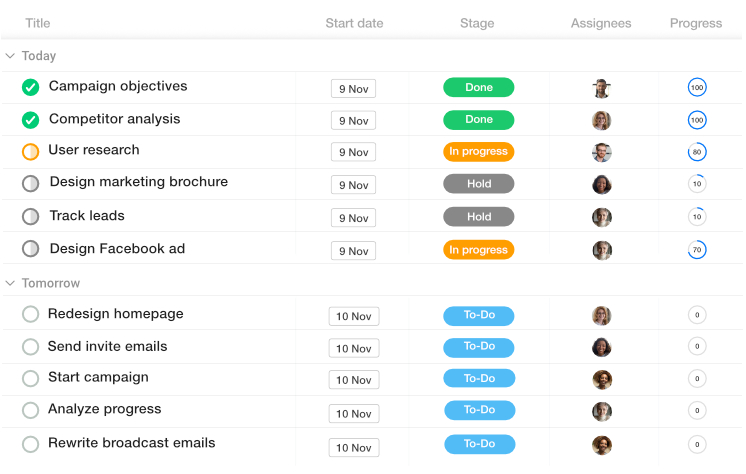Communicating With Clients: 10 Tips to Improve Your Client Relationships

Some people may choose a company only because of its product or service quality. However, a business must also offer excellent customer support and communication to build a powerful brand and lasting relationships.
In fact, over 75% of clients will continue doing business with a company even after it makes a mistake if the communication is excellent. They’ll also recommend it to others, att`racting more clients effortlessly.
In this article, we’ll share ten tips on communicating with clients, including the tools and client communication examples from successful businesses and professionals. You’ll also understand essential client communication skills and how having them can benefit your company.

What Is Client Communication?
Client communication refers to the exchange of information and feedback between a business or service provider and their clients. It encompasses various forms of communication such as emails, phone calls, meetings, and reports, and aims to ensure that clients are satisfied with the service or product provided. Effective client communication builds trust, fosters long-term relationships, and helps to identify and address any issues or concerns in a timely manner.
What Are the Most Important Client Communication Skills
In this section, we’ll cover essential customer communication skills. These are the combination of emotional and interpersonal abilities to hold clear and meaningful conversations with clients.
Self-Awareness
Effective client communication starts with self-awareness. As you might have trained yourself to observe your customers’ behaviors, it’s equally important to look within yourself.
Practice self-awareness by knowing your strengths and weaknesses, products or services, and areas of improvement within your personality and business. This skill also helps you acknowledge errors and show clients how to fix them based on your brand values to develop trust.
Empathy
Empathy means understanding clients’ perspectives and responding accordingly. Hone this skill by considering yourself a legitimate member of your client’s team to feel more engaged with the work and evaluate every situation from their perspective.
Active Listening
Active listening involves paying full attention to your clients and providing appropriate feedback, like nodding and asking related questions.
Flexibility
Adjusting to different clients is essential, including their personalities, schedules, and preferred ways to communicate with customers. Be flexible to make your clients comfortable and strengthen the relationship.
For instance, some clients may treat you like a friend by sharing personal stories, while others prefer discussing business only. Another example would be a performance review – some like having an overall analysis, and others may want you to zoom in on specific metrics.
Patience
Patience can reward your business with increased customer satisfaction, better sales, and positive recognition.
It helps you figure out what a client wants and develop the right solutions. For example, when a customer asks too many questions about a proposal, see whether it is well-structured and understandable. If not, change the proposal and use bold text or highlight to emphasize important points.
Transparency
Transparency sets the foundation of an honest, open, and long-lasting relationship. Tell clients what they need to know, whether it’s good or bad news. Some examples are being upfront about pricing and its changes, announcing policy changes, and letting a client know about your mistakes as soon as possible.
When talking about your mistakes, remember to explain how you will solve them.
10 Best Practices for Effective Client Communication
After knowing important client communication skills, let’s put those into action by following the client communication best practices below.
1. Connect With the Client on an Emotional Level
Communicating with clients personally helps you understand them, which in turn develops brand loyalty. Customers in an emotional relationship with a brand will have a higher lifetime value and will likely recommend it to friends.
The initial step is to get to know your client on a personal level. Gather their demographic information, preferences, pains, needs, and desires using an online survey or building a customer persona.
For example, a graphic designer Abi Connick always asks clients about their brands and goals on her custom portal. This can set clear expectations and avoid back-and-forth emails with scattered information.

Then, be empathetic towards your clients and show that you care about their challenges. Look at Zappos for inspiration. This company started a customer service line that people can call for anything in response to rising loneliness and anxiety over the Covid-19 pandemic.
Another great idea is to share your behind-the-scenes team to increase transparency and make you look trustworthy. A web development agency, for example, can share a summary of its web developers’ resumes on its website or share day-to-day activities on social media.

2. Maintain Context-Driven Communication
Keeping the client communication context-driven helps avoid confusion and increases mutual respect. To accomplish this, consider the tips below:
- Communicate in definite terms. Avoid using words like almost or perhaps because they can lead to confusion, especially when discussing progress status and deadlines. State the exact information to let the clients know when or what to expect.
- Give a brief explanation. Obstacles that cause project delays, like low internet connection or power outages, can happen sometimes. In this case, give advance notice that you’ll miss the deadline and provide an alternative date. This will help clients readjust their schedules and keep their trust in your company.
- Discuss what matters. Hold discussions on important matters and avoid fitting too much information in a single conversation as it can overwhelm clients.
- Turn your thoughts into visuals. Use visuals to better convey your ideas, like screenshots, sketches, mindmaps, or mockups. Canva is helpful for this practice because it has various visual templates and lets users comment on the work. Meanwhile, web development companies can use Figma to share files and prototypes.
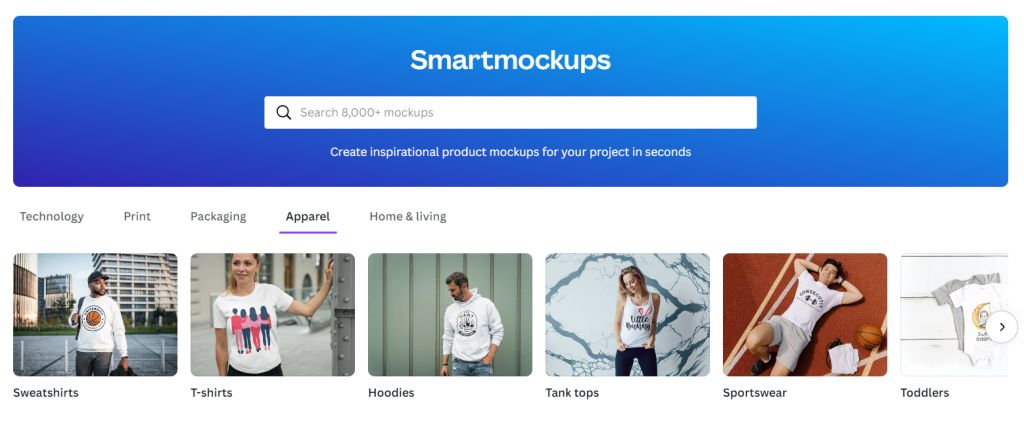
3. Listen Actively
Being an active listener helps you know the client’s needs, especially during the initial inquiry. The more information you gather beforehand, the less the risk of errors and changes later in the process.
Active listening begins with removing distractions, like turning off your phone and listening to clients attentively.
Some tips to practice for active listening are:
- Remember what clients say. Focus on the key points and remember their names. If you want to take notes, have your tools ready before the meeting begins.
- Ask questions. Keep the conversation flowing and show you’re interested in the conversation by asking open-ended questions. Examples are “Can you tell me a bit more about that?” and “What did you think about the proposal?”.
- Reflect on their points. After the client finished speaking, paraphrase and summarize the conversation. For instance, you might say, “In other words, what you’re saying is that you’re frustrated about…” to ensure you have received the correct message.
Additionally, pay attention to non-verbal factors, like facial expressions and gestures, because they make up over 60% of communication. For example, clients rolling their eyes or glancing at their watches may indicate boredom and a lack of interest.
During active listening, your non-verbal cues are just as important. These include nodding at key points, maintaining eye contact, and avoiding folding your arms.
4. Check the Conversation Tone
The right tone, grammar, and language structure demonstrate high-quality client communication, attention to detail, and professionalism.
Follow these practices when communicating with clients in written communication.
- Choose the most appropriate style of greetings. To maintain professionalism, avoid being too friendly and chatty, especially in the first conversation. Feel free to adjust based on your client’s style in the next messages.
- Use a positive sentence structure. Negative sentence structures are sometimes confusing, such as “Don’t you like the design?”.
Grammarly is an excellent proofreading tool for checking your writing tone. It helps double-check every detail, from grammar to readability, and detects how your text may sound to clients.
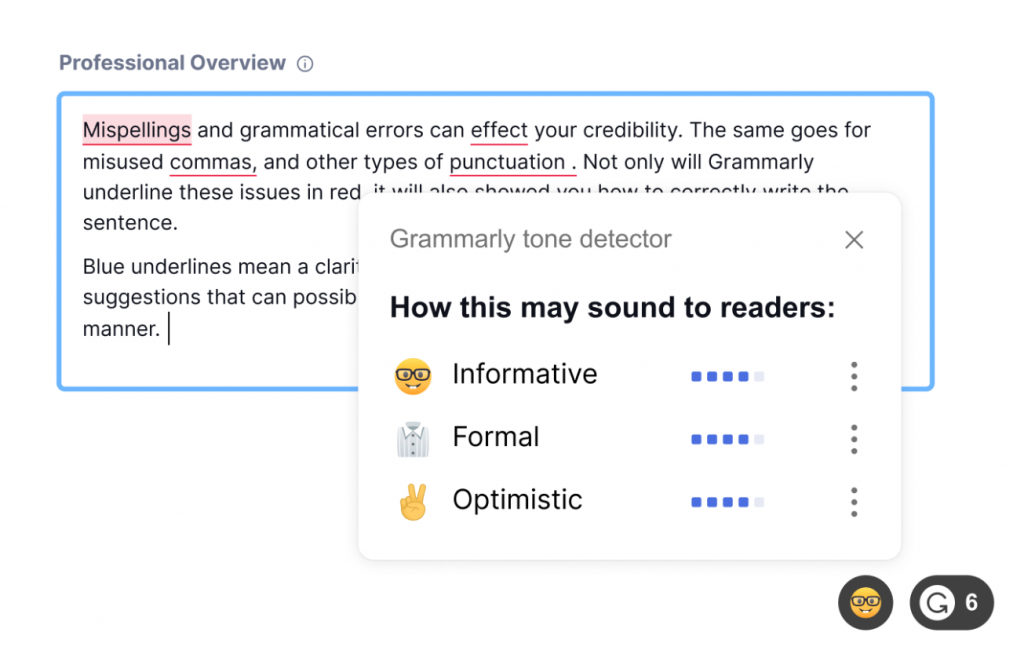
The tone is also important. It’s one of the essential parts of non-verbal communication, along with the volume of voice, intonation, and speed. These non-verbal cues generally say a lot about a person. For example, a strong tone of voice may indicate enthusiasm and approval, while a hesitant tone can imply a lack of interest or disapproval.
5. Use Client Communication Tools
Nowadays, a lot of people work remotely. Considering the virtual working environment, the need for reliable client communication tools becomes more apparent. Here are three client communication software to make your online and offline projects stress-free.
Project Management Tool – ProofHub
Proofhub is an all-in-one project management software that helps centralize clients’ information and manage tasks effectively using timelines, tables, and calendars. This client management software lets both parties upload files and communicate via the chat and comment features, increasing transparency within and outside your organization.
Price: starting at $45/month when billed annually
Virtual Meeting Software – Zoom
Zoom enables a business and its clients to meet virtually via video or audio. It has recording capabilities if someone can’t make a meeting and engagement features like whiteboards and polls to improve client communication.
Price: freemium with paid plans starting at $149.9/year/user
Online Form Builder – Typeform
Surveys help a company get valuable insights from clients. With Typeform, you can make a questionnaire to understand clients’ needs and personalities or gather feedback once the project finishes. This client communication tool has various templates, so you don’t need to think about the questions or form structure from scratch.
Price: starting at $25/month
As customers appreciate being able to communicate with a business efficiently, we recommend using tools that people in your industry are familiar with.
6. Train Employees to Communicate
A business owner with a customer support team or account executives should focus on improving the members’ communication skills because they’re usually the first to interact with clients.
Here are some training ideas for solid customer service:
- Use role-play exercises. Customer service agents need experience addressing various customers, situations, and questions. Within the internal team, create role-play scenarios like handling upset clients and potential customers who ask lots of questions.
- Train on product knowledge. Hold demonstration sessions by having your team present the products to you and their teammates and encourage each other to give constructive feedback. Additionally, build a knowledge base – a resource containing help center articles, user guides, and frequently asked questions with answers about your product or service.
- Teach the LAST method. LAST stands for Listen, Acknowledge, Solve, and Thank. It tells the team to pause, listen, and apologize to unhappy customers, then find a solution.
- Create a buddy program. Encourage collaboration and sharing of knowledge between the new hires and seniors. This helps the new ones feel more comfortable in their new position and build valuable relationships with co-workers.
- Organise teambuildings. Handling customers can be stressful, so organize teambuildings where your colleagues can bond and relax.
To ensure consistent quality, conduct the training regularly and when necessary, such as in times of crisis or product and company updates.
If you still think of hiring customer service agents, ensure the candidates show signs of emotional intelligence, such as empathy and active listening, to connect with your clients better.
7. Consider the Client’s Time
How quickly you respond significantly affects the client’s experience, especially in the initial stages. Taking too long to reply can make the client think you’re too busy to take on a project or give them special attention.
However, being actively responsive can be burdensome for solo entrepreneurs that do the job themselves. Set auto-reply messages to inform your working hours and that you’ll get to the clients as soon as possible.
Decide on schedules to communicate with clients, especially when you work with international ones. Generally, the frequency depends on the length of the project. For example, a one-week project will need more communication than one that lasts for months.
That said, consider using an online collaboration tool like Proofhub or Asana, so clients can see the progress in real-time without having to set meetings.
8. Don’t Make Assumptions
The next tip for better client communication is abstaining from jumping to conclusions. These can cause misunderstanding and faulty outcomes because such assumptions are the basis of human biases.
Common wrong assumptions in client communication include thinking that:
- Clients are aware of all our products or services.
- All clients understand or use the same industry terminology and jargon.
- The same strategies and treatment work for all clients.
- Cultural differences don’t significantly affect client behaviors and beliefs.
Some reasons for underlying assumptions are when business owners think too fast, ignore data and facts, and over-rely on their own experiences. Therefore, be informed of who you’re communicating with and reassess your beliefs about the customers.
If you’re unsure, being open and asking many questions is better than passing judgment. Ensure you’re on the same page with clients about the metrics, goals, and jargon. It’s also essential to encourage them to ask questions if they have doubts or don’t understand something.
9. Expect and Give Feedback
Client feedback is an excellent way to know more about their expectations and address miscommunications. It lets business owners see themselves from the client’s perspective and determine their strengths and weaknesses.
When creating a feedback form, start with ratings or multiple choices and go deeper with open-ended questions. Get feedback on your product or service quality and prices. Ask about the overall user experience, like customer service, delivery time, payment workflow, and quality of communication.

Consider using customer feedback survey templates from Typeform and adjust the questions accordingly. The tool also lets you customize the backgrounds and add images or videos to make the feedback form attractive.
In exchange for their input, offer incentives like a discount on future projects, samples, or gift cards. Pick an incentive that shows you genuinely want to improve your service, not just an opportunity to cross-sell.
10. Follow Up With the Client
A follow-up message’s purpose is to remind clients of previous projects, achievements, or emails.
The best scenarios to send follow-up messages are:
- After sending the quotation and proposal.
- Once you finish delivering the initial project presentation.
- After completing a project, ask for feedback and whether you can help with their next plan.
- A few times a quarter to maintain relationships by giving them only the relevant information.
A rule of thumb is to give your contacts around two to three days to answer your email. Following up too soon can make you look pushy or intrusive, and doing it too long can make the recipient lose the context.
Also, find the right time to send messages and get a response. We recommend communicating with clients when they’re not busy, and their minds are uncluttered. The best time is at 10 AM or around 2 PM when people start their work or come back after a lunch break.
When writing a follow-up message, ensure it’s short and straightforward. Flowrite is a helpful tool for writing follow-up emails since this AI-powered writing tool can generate follow-up emails for different purposes, such as requesting feedback on a task or scheduling a meeting.
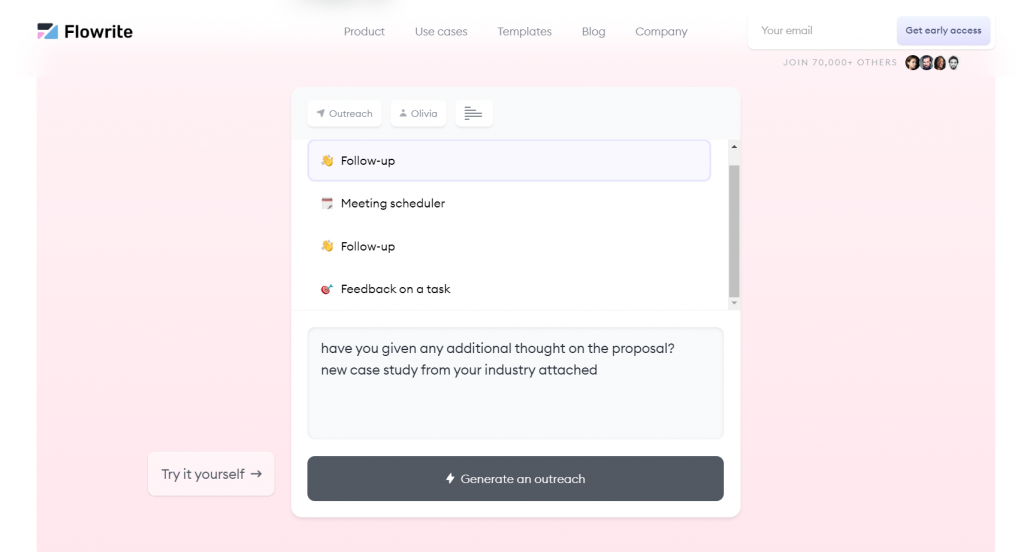
Why Is Client Communication Important
Now that you know the best tips for effective customer communication, let’s discover why these practices can help scale your business.
Maintains Project Alignment
Poor client communications often lead to delays and missed deadlines. Imagine that you’re not on the same level as your client. It may cause a lot of revisions and misunderstandings, making them unsatisfied with your service. In fact, over 70% of people will stop dealing with a company if they feel it’s disorganized.
That said, having an effective communication tool and maintaining context-driven communication is important.
Makes Clients Feel Valued and Trusted
Most people research multiple companies before purchasing a product or service, so giving them quick responses helps gain trust and respect that you’ll care about them. Fast replies in the initial stages win up to 50% of sales.
Actively listening to customers’ needs and problems and meeting their expectations during the project can make them feel appreciated and turn them into loyal customers.
Creates Long-Term Business Relationships and Attracts New Customers
Making clients feel valued will guarantee loyalty because appreciation, customer service, and communication are some reasons why people continue buying from a business.
A loyal client base can give you referrals and will also help you get more customers since 72% of them will share their satisfying experiences with six or more people.
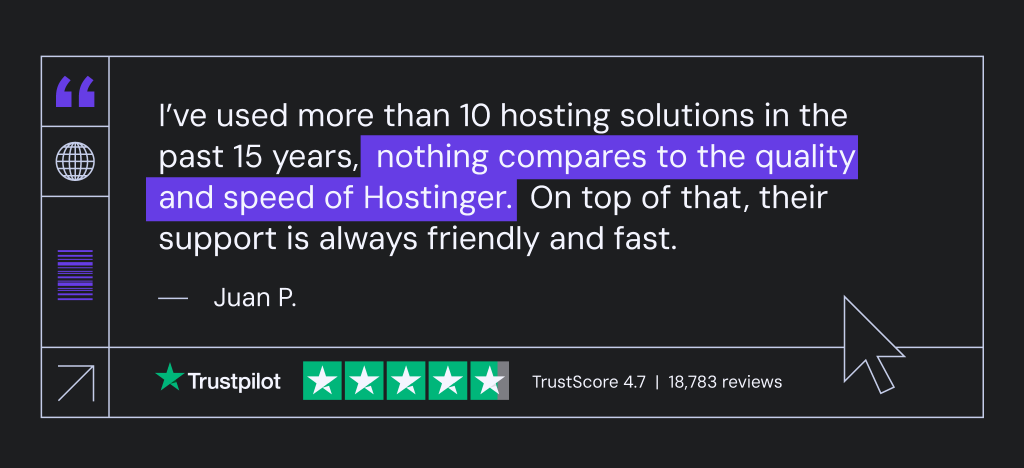
Conclusion
Delivering excellent client communication in any form will help businesses gain trust and develop lasting connections. Self-awareness, patience, and active listening are among the essential communication skills a business needs to master.
To communicate effectively, start by being empathetic towards clients and keeping the communication context-driven. Be careful with your tone and biases to avoid misunderstandings and find the best communication tools to accommodate your needs. Additionally, constantly train your customer service agents because they’re the first touch points.
We hope these tips will help you deliver effective client communication, gain their trust, and bring your company to the next level.
However, if clients show problematic attitudes and don’t respect deadlines or communication rules, consider firing clients instead of sacrificing your mental well-being and the team’s performance.
